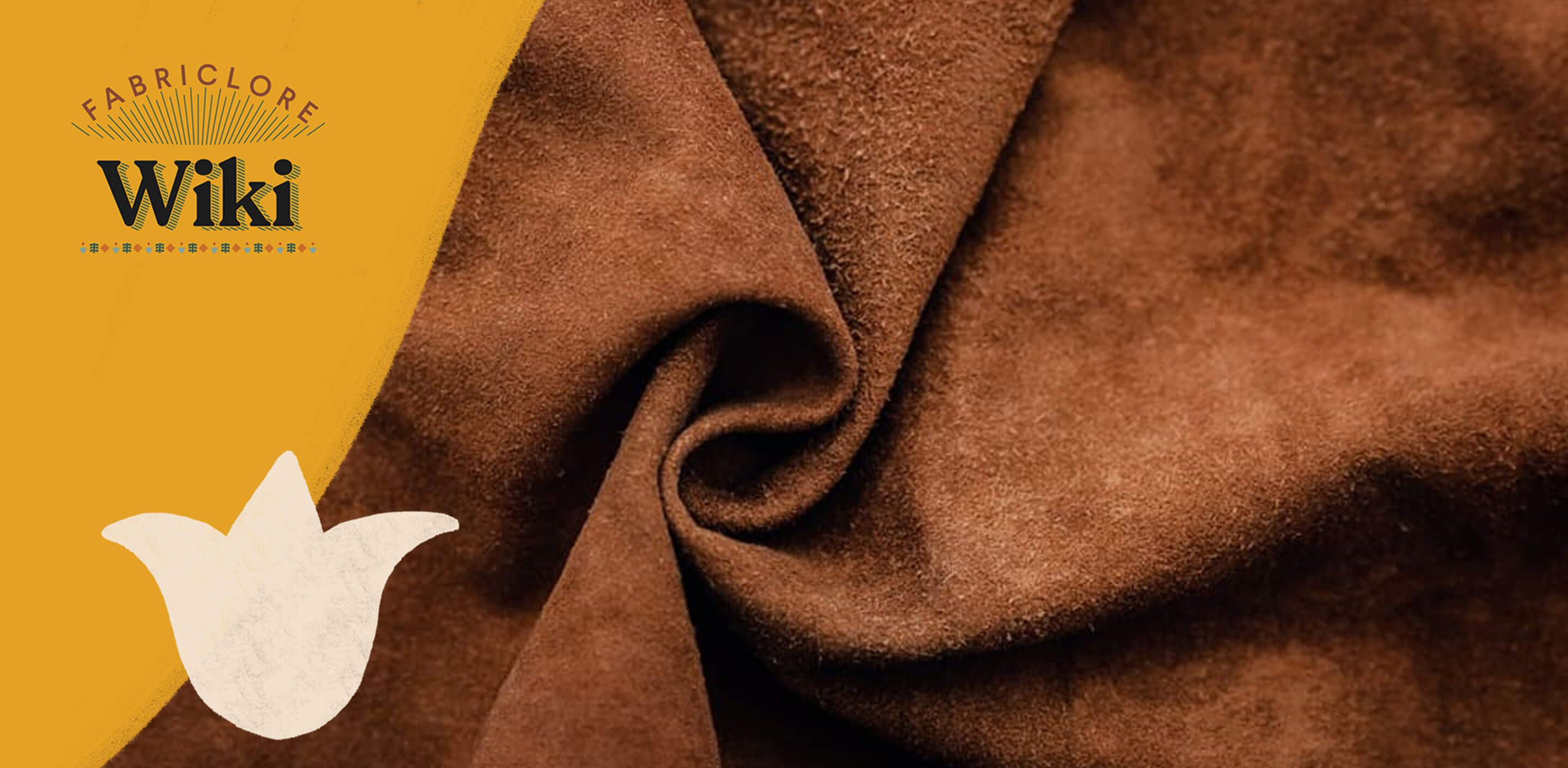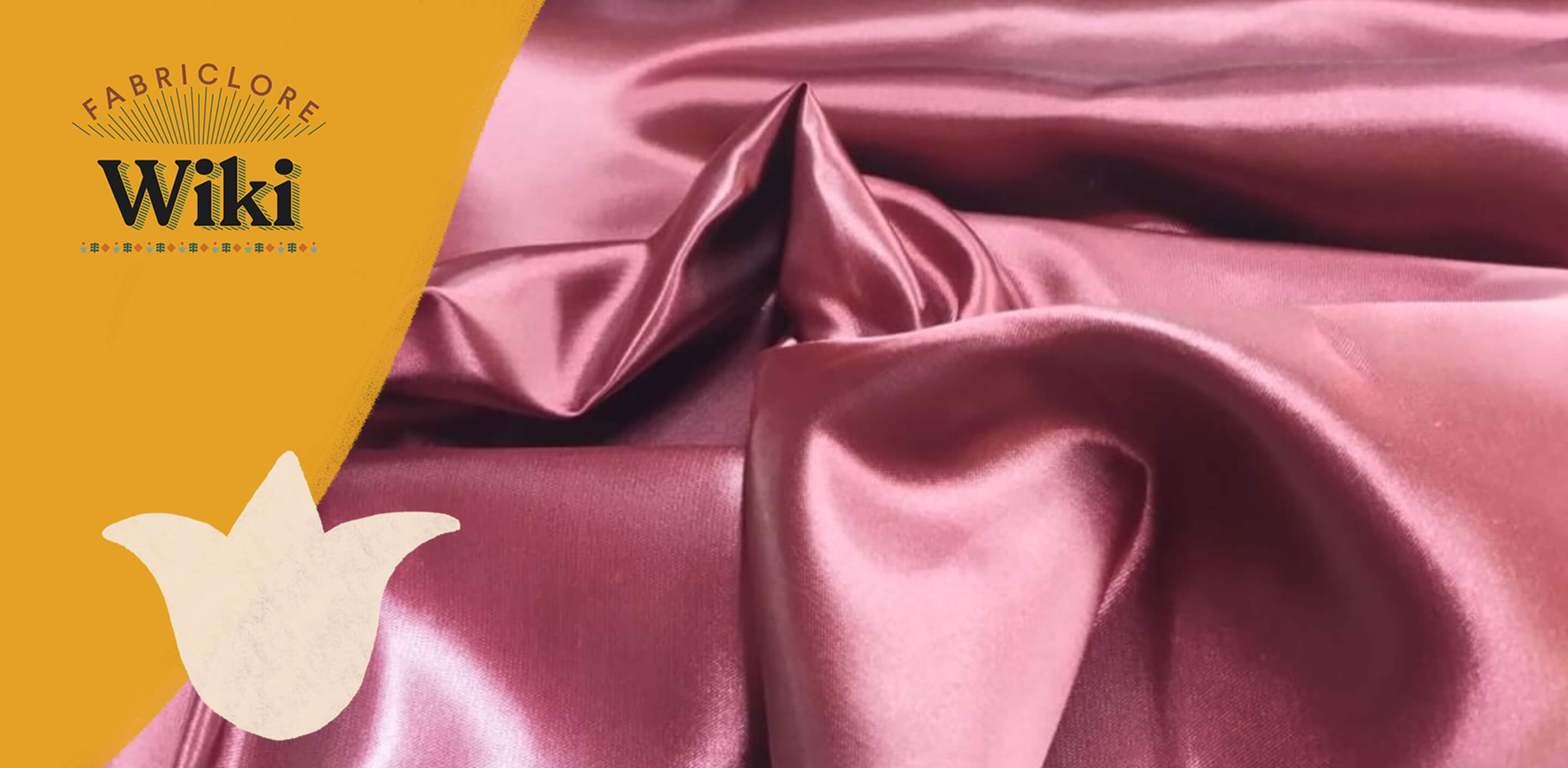What is Organdy Fabric?
- Organdy is a cotton fabric that is see-through, lightweight, and crisp.
- It is woven using an open, plain weave and very fine, tightly twisted single yarns.
- It is either starched and calendared, or it is finished with a chemical resin, which involves a particular treatment with lye and acid, followed by heat application.
- Both of these processes result in the brisk appearance of the fabric.

History
- The history of organdy may be traced back to Europe during the Middle Ages, a time when plain-woven clothing was becoming increasingly popular.
- At that time, linen was the most commonly used fabric material that was produced from plants, while mutton wool was the most well-known competitor that was generated from animals.
- In this instance, linen was used in the production of the first types of organdy, which included lawn cloth and batiste fabric.
- The specialists, however, are of the opinion that such textiles originate in various regions.
- Organdy, on the other hand, can be traced back to Switzerland, while lawn fabric and batiste have their roots in France.
- In spite of the scarcity of historical sources pertaining to the origins of organdy, there is evidence to suggest that early Swiss organdy manufacturers invented this fabric.
- This material was developed to provide an alternative to conventional textiles made from linen that is lighter and finer than the latter.

What Makes it Stand Out
|
Texture |
The fabric has a crisp feel along with being lightweight. |
|
Fall |
It gives a slightly structured drape to the outfits. |
|
Sheer |
Organdy fabric is a semi-transparent appearance. |
Applications & Usage
|
Clothing |
|
|
Home Furnishing |
Curtains, bedsheets, table covers, etc. |
Care Instructions
- You can clean the organdy fabric in the washing machine by using cold water.
- Hand washing the fabric is strongly recommended.
- When drying the cloth, it is ideal to put it out on a line so that it may drip dry.
- Ironing should be done at low temperatures.
- When pinning fragile material, using dull pins might result in holes being created on the fabric.






